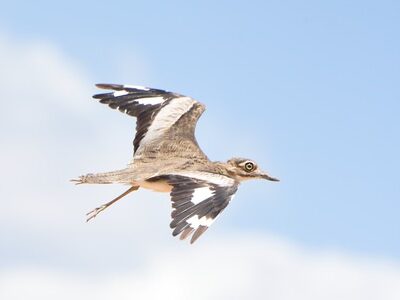

Government of Kenya (2002) Kenya 1999 population and housing census. Gobert B (1994) Size structures of demersal catches in multispecies multigear tropical fishery. Ocean Coast Manag 54:401–414įulanda B, Ohtomi J, Mueni E, Kimani E (2011) Fishery trends, resource-use and management system in the Ungwana Bay fishery, Kenya. Marine and Estuarine Research, 64 pįulanda B, Munga C, Ohtomi J, Osore M, Mugo R, Hossain MY (2009) The structure and evolution of the coastal migrant fishery of Kenya. Specialist report prepared for Ezemvelo KZN Wildlife, South Africa. FAO, Romeįorbes AT, Demetriades NT (2005) A review of the commercial, shallow water penaeid prawn resource of South Africa: status, fisheries, aquaculture and management.

Western Indian Ocean Fishing Area 51, vol V. West Indian Ocean J Mar Sci 7(2):217–222įischer W, Bianchi G (1984) FAO species identification sheets for fishery purposes.
#Sabaki river update#
Food and Agriculture Organisation of the United Nations, Rome, 13–15 April 2003, 49 pįennessy ST, Vincent X, Budeba Y, Mueni E, Gove DZ (2008) An update on initiatives to reduce prawn trawl by-catch in the Western Indian Ocean. S Afr J Mar Sci 14:287–296įennessy ST, Mwatha GK, Thiele W (eds) (2004) Report of regional workshop on approaches to reducing shrimp trawl by-catch in the Western Indian Ocean, Mombasa, Kenya. 59, 125 pįennessy ST (1994) Incidental capture of elasmobranchs by commercial prawn trawlers on the Tugela Bank, Natal, South Africa. Oceanographic Research Institute investigational report no. Estuar Coast Shelf Sci 23:901–908ĭe Freitas AJ (2011) The Penaeoidea of South Africa IV – the family Penaeidae: genus Penaeus. PRIMER-E, Plymouth, UK, 172 pĭe Freitas AJ (1986) Selection of nursery areas by six Southeast African Penaeidae. J Appl Ecol 46:724–732Ĭlarke KR, Warwick RM (2001) Change in marine communities: an approach to statistical analysis and interpretation, 2nd edn. Indo Pac Fish Comm RAPA Rep 10:458–477Ĭinner JE, McClanahan TR, Graham NAJ, Pratchett MS, Wilson SK, Raina JB (2009) Gear-based fisheries management as a potential adaptive response to climate change and coral mortality. KeywordsĬhong KC, Dwponngo A, Ilyas S, Martosubroto P (1987) Some experiences and highlights of the Indonesian trawl ban: bioeconomics and socio-economics. Implementation of the present shrimp fishery management plan, and continued monitoring of fish trawl bycatches will be crucial for the effective management of fisheries resources of the estuaries in the bay. Significantly smaller-sized individuals of these seven species occurred in trawl bycatches than in artisanal catches attributed to differences in gear selectivity. This similarity was attributed mainly to seven common and most abundant fish species targeted in artisanal fishery as well as these species made the highest bycatch proportion in the shrimp bottom trawls. Similarity in catch composition was evident between the artisanal catches and bottom trawl bycatches in the inshore areas. On the other hand, trawl bycatch rates were significantly higher in inshore than offshore areas and distinct in composition but less differing between the seasons.

Shrimp total biomass and catch rates were significantly higher during the wet Southeast Monsoon (SEM) season than the dry Northeast Monsoon (NEM) season, and decreased as depth increased. Bottom trawl fish bycatch species diversity was higher than for artisanal fish catches with a total of 223 and 177 species respectively. indicus in the Tana estuary, and more abundant P. Distinct shrimp species composition existed between the two estuaries characterised by more abundant F. Five shrimp species: Fenneropenaeus indicus, Penaeus monodon, Metapenaeus monoceros, Penaeus semisulcatus and Penaeus japonicus were recorded. These aimed to determine species composition, relative abundance and distribution patterns of the penaeid shrimps and associated trawl fish bycatches, and fish catches from the artisanal fishers. We describe the present status of the fisheries resources of the estuaries in the bay following shore-based catch assessments between 20, and shallow-water bottom trawl surveys in early 2011. These sectors have exerted pressure on the fisheries resources of the bay and will continue to do so due to the increasing artisanal fishing effort. Currently these estuaries in the bay support over 3 000 artisanal fishers and a maximum acceptable fleet of four medium-sized trawlers. For over 30 decades, the Sabaki and Tana estuaries of the Malindi-Ungwana Bay, Kenya have supported both the artisanal fishery and semi-industrial bottom trawl sectors.


 0 kommentar(er)
0 kommentar(er)
